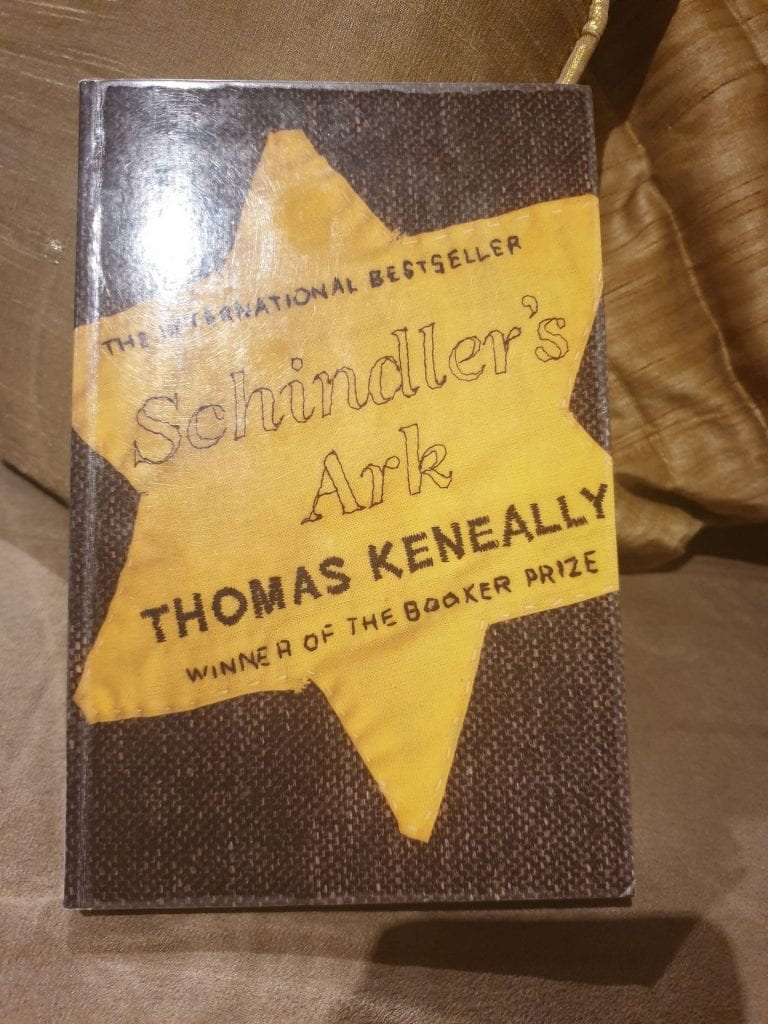Continuing with the series….
More ways in which AR can be applied in a school dynamic.
6. NUMERACY
Numeracy skills can be enhanced using AR. Wu et al. (2013) suggest that students can learn geometry, trigonometry, spatial relationships and collaborative problem based learning by using AR to supplement their learning. Technologies such as the combination of TinkerLamp and Kaleidoscope are popular in Europe and can be used to explore symmetries and congruence. Whereas the mobile application – AR Measure kit is useful in measuring distances, trajectories, angles, height and estimating volume (Cuendet, Bonnard, Do-Lenh & Dillenbourg, 2013).
7. SUPPORT LITERARY ARTS
Hannah et al. (2019) cited several methods in which AR can support the literary arts curriculum. Students are able to create or visit real or fictional sites using the digital interfaces such as Merge cube, so that connections between the content and the real world can be made. For example, Shakespeare comes alive with a tour of Verona, Japanese medieval history can be taught by analysing the structure of Kokura Castle, and students can investigate the structure of a steam engine, all with a single mobile app, a smartphone or tablet and a Merge cube.
8. VISUAL ARTS
A very interesting use of AR is the ability to access and engage in an authentic exploration of real objects in an artificial space (Wu et al. 2013). Many art galleries and museums around the world already have embedded AR to allow users access to additional information about the display, for example, some places use QR codes to inform the user of additional information about the artist or exhibit (Coates, 2020). From a classroom perspective, students can support their own creative pieces by embedding their rationale using Thinglink, Padlet or Metaverse, and use QR codes on their paintings, sculptures, photographs or collages to link it to their rationale (Zak, 2014) .
9. LOCATION BASED LEARNING
Wu et al., (2013) suggests that location based learning, such as field trips and excursions, can be augmented by the use of AR. As previously mentioned, many museums, galleries and other institutions have already adopted the use of AR in their spaces (Coates, 2020; Townsdin & Whitmer, 2017). Some of them use the technology to provide additional information to the user about the collection, whereas other places use AR in their maps or tours (Townsdin & Whitmer, 2017). By including relevant information within the augmented space, it encourages more authentic learning, which in turn improves student engagement and learning outcomes (Wu et al., 2013).
Emerging technologies have also been adopted by some council reserves and state national parks as a means to inform users about local flora and fauna. Visitors are able to use their devices and their inbuilt GPS systems to access pertinent information about the site they are accessing (Townsdin & Whitmer, 2017). Some sites also offer remote access and this can be very useful for excursion preparation or for revision purposes. Remote access would also be of great assistance when students are unable to attend excursions or field trips due to illness or pandemics.
10. ASSISTING STUDENTS WITH DIVERSE LEARNING NEEDS
Technology has often been cited as an effective intervention method for students with autism spectrum disorder (ASD) and educators seek methods in which to meet cognitive, behavioural and developmental needs (Sahin, Keshav, Salisbury & Vahabzadeh, 2018). Digital methods are often favoured for ASD students, as they tend to have a preference for electronic media due to their predilection as visual learners (Mahayuddin & Mamat, 2019, p.2176-2177). Additionally AR offers them an environment that supports the tangible manipulation of abstract ideals, as well as a visual image of the learning content, and standardised and predictable outcomes as routine and predictability is very important to students with ASD (Mahayuddin & Mamat, 2019, p.2176-2177; Sahin et al., 2018, p.1).
AR and VR are also able to assist ASD students in developing their socio-emotional skills. This technology allows students to experience the world and its environmental hazards as well as engage and interact with their peers in a socially controlled environment (Sahin et al., 2018, p.2; Riva, Banos, Botella, Mantovani & Gaggioli; 2016). Whilst tablets and smartphones can be used, Sahin et al. (2018) suggests the use of SmartGlasses as they can be preloaded with social and behavioural coaching software. Another benefit is that AR experiences can be tailored and adapted to suit student’s diverse needs, which is important as many experience high levels of anxiety when there is disruption to their learning plan.
